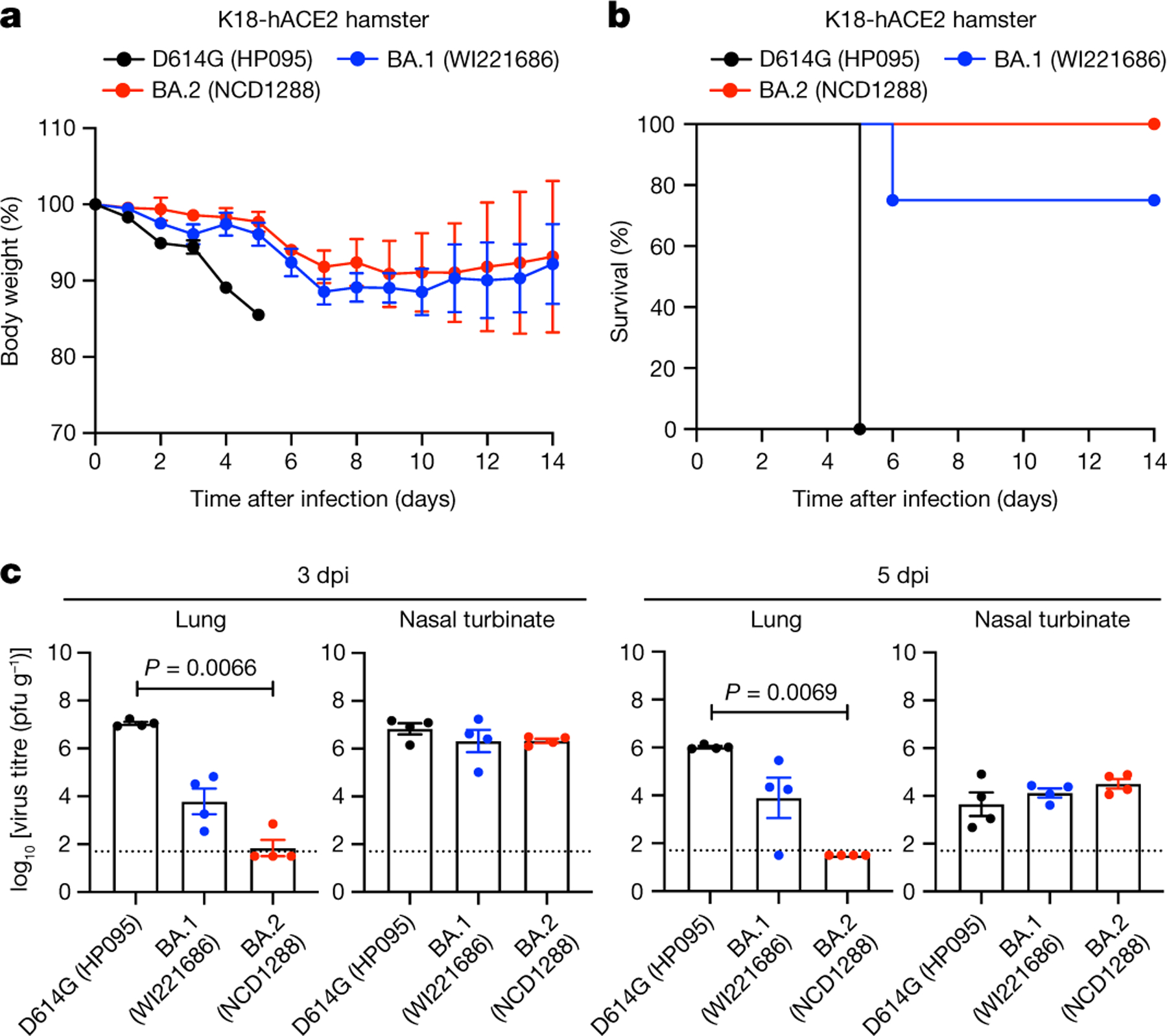Fig. 4 |. BA.2 and BA.1 show similar infectivity and pathogenicity in hACE2-expressing hamsters.

a–c, hACE2-expressing Syrian hamsters were inoculated intranasally with 103 PFU of D614G (HP095), BA.1 (WI221686) or BA.2 (NCD1288). a,b, Body weight (a) and survival (b) were monitored daily for 14 days. Data are mean percentage of the starting weight ± s.e.m. Survival data were analysed with the log-rank (Mantel–Cox) test. c, Four hamsters per group were euthanized at 3 or 5 dpi for virus titration. Virus titres in the nasal turbinates and lungs were determined using plaque assay. Data are mean ± s.e.m.; points represent data from individual hamsters; the lower limit of detection is indicated by the horizontal dashed line. Data were analysed with the Kruskal–Wallis test with Dunn’s multiple comparisons (titres in the lungs of infected hamsters) or one-way ANOVA with Tukey’s multiple comparisons (titres in the nasal turbinate). Data are from one experiment.
